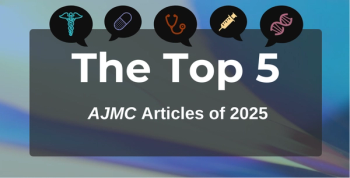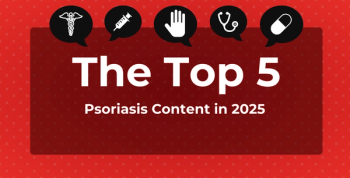
Even Under Universal Health Care, MM Treatment Access Disparities Persist
Authors concluded more research is needed to understand both patient level and structural barriers to inequitable access to multiple myeloma (MM) care in Canada.
Disparities in accessing treatment for
Findings were published in the
Previous research has found low-income, unmarried status, being uninsured and living in low socioeconomic status (SES) index areas are all associated with poorer health outcomes within private-payer health care models, authors explained.
“However, there is limited data examining the association of SES with MM-related health outcomes within a public-payer universal healthcare system,” they said.
To better understand this link, investigators performed a retrospective cohort study using data from Ontario, Canada, a region with a universal health care system that covers chemotherapy drug and administration costs for provincial funding regimens.
Data were gleaned from the Institute for Clinical Evaluative Sciences (ICES) population-based administrative database.
All patients included in the analysis were diagnosed with MM between 2007 and 2018, while those untreated by 1-year post-diagnosis were excluded. Researchers also used the Ontario Marginalization (ONMARG) index at the time of diagnosis to serve as an area-level surrogate measure of SES, they explained.
The ONMARG takes several factors into consideration such as residential instability and material deprivation. Composite scores are based on census data. Participants were grouped into quintiles, while higher quintiles represented more marginalized areas.
“Treatment was defined as the receipt of a proteosome inhibitor (PI; bortezomib), immunomodulatory drug (IMID; lenalidomide), alkylator (melphalan, cyclophosphamide), or an autologous stem cell transplant (ASCT) as these encompassed all provincially funded first-line treatments during the study period,” authors wrote.
Patients were followed-up with until November 2, 2022. A total of 9777 individuals were included in the analysis while at 1-year post-diagnosis, 2242 (23%) of MM patients remained untreated.
Data showed:
- Among treated patients, the median time to treatment was 35 (interquartile range [IQR], 16–85) days, with no significant difference in time to treatment between ONMARG groups (P = .630)
- Compared with treated patients, untreated patients tended to be older (median age 69 vs. 77 years), have more comorbidities (Charlson-Deyo Comorbidity Index ≥ 2 in 11% vs. 18%), and live in more marginalized areas (ONMARG Q5: 18% vs. 23%)
- Patients from more marginalized areas were less likely to receive treatment within 1 year of diagnosis even after adjusting for community size, time period of diagnosis, baseline Charlson-Deyo Comorbidity Index, sex, and age at diagnosis (ONMARG Q5 vs. Q1: OR, 0.71; 95% CI, 0.60–0.84; ONMARG 2–4 vs. Q1: OR, 0.88; 95% CI, 0.77–1.01; P < .001)
- Marginalization was associated with reduced odds of receiving an upfront autologous stem cell transplant (ONMARG Q5 vs. Q1: OR 0.82, 95% CI, 0.67–1.01; ONMARG 2–4 vs. Q1: OR, 0.74; 95% CI, 0.64–0.85; P < .001)
Results remained consistent when investigators studied the likelihood of receiving treatment within three months of diagnosis after adjusting for confounders.
In addition, results also revealed that even after the barrier of accessing treatment is overcome, “marginalization was not associated with inferior survival,” authors said.
“Interestingly, we found that transplanted patients living in more marginalized areas had a significantly longer [overall survival] compared to those living in less marginalized areas; we hypothesize that this may reflect a transplant referral bias, where perhaps only the minority of fit patients from marginalized patients were assessed for [autologous stem cell transplant],” they added.
A lack of patient-specific demographic and disease data marks a limitation to the study. Researchers were also unable to evaluate the role that race or treatment at a community vs academic center may have had on health outcomes.
“Additional studies including qualitative studies with patients, caregivers, and healthcare professionals are needed to understand the patient-level and structural barriers that lead to inequitable healthcare access,” they concluded.
Reference
Visram A, Seow H, Fiala MA, et al. Socioeconomic marginalization and health outcomes in newly diagnosed multiple myeloma: a population-based cohort study. Am J Hematol. Published online May 16, 2023. doi:10.1002/ajh.26957
Newsletter
Stay ahead of policy, cost, and value—subscribe to AJMC for expert insights at the intersection of clinical care and health economics.








































